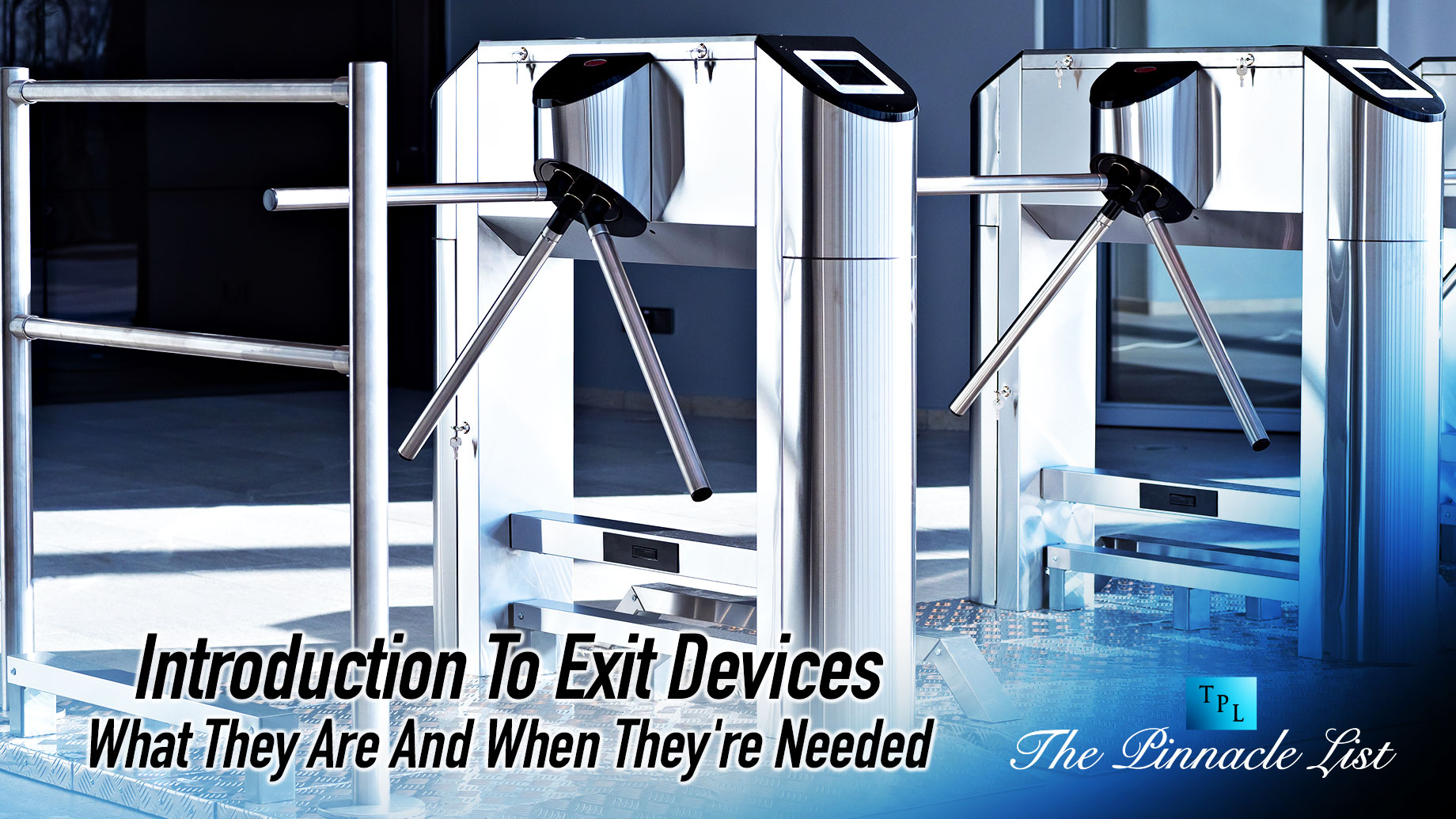
Exit devices, also known as panic hardware or crash bars, are devices that allow people to exit a building quickly and easily in case of an emergency. These devices are typically required by building codes and regulations for certain types of buildings, such as commercial and public buildings.
The main purpose of exit devices is to provide a safe and effective means of egress in emergency situations, such as fires, natural disasters, or other emergencies that require quick evacuation of a building. They are designed to allow people to exit a building quickly and easily, even if they are not familiar with the layout of the building.
Exit devices typically consist of a horizontal bar or push pad that is mounted on the inside of a door. When the bar or pad is pushed, it activates a mechanism that unlocks the door and allows it to be opened from the inside. Some exit devices also have a key-operated lock on the outside of the door to allow authorized personnel to enter the building when it is locked.
In general, exit devices are required to be installed on doors that serve as the primary means of egress from a building, such as exit doors, stairwell doors, and doors leading to exit corridors. They are also required on doors that serve high-occupancy areas, such as assembly spaces, classrooms, and dining areas.
Exit Devices’ Types
There are several types of exit devices available, including rim exit devices, mortise exit devices, surface-mounted exit devices, and concealed exit devices. The type of exit device that is best suited for a particular application depends on the type of door, the level of security required, and the specific requirements of the building code.
The following are some of the most common types of exit devices:
Rim Exit Device
A rim exit device is mounted on the surface of the door and is typically used on narrow-stile doors, such as glass doors. It consists of a vertical bar or rod that is attached to a latch at the top of the door.
Mortise Exit Device
A mortise exit device is installed within the door itself and is typically used on wood or metal doors. It consists of a latch bolt and a deadbolt that are retracted by a push bar or lever.
Surface-Mounted Exit Device
A surface-mounted exit device is installed on the surface of the door and is typically used on medium to heavy-duty doors. It consists of a push bar or paddle that is attached to a latch mechanism.
Concealed Exit Device
A concealed exit device is hidden within the door and is typically used on high-end or architectural doors. It consists of a push bar or paddle that is mounted within a pocket or channel in the door.
Vertical Rod Exit Device
A vertical rod exit device is used on double doors and consists of a push bar or paddle that is attached to vertical rods that extend from the top and bottom of the door.
Electric Latch Retraction Exit Device
An electric latch retraction exit device is an electrified version of an exit device. It allows remote unlocking of the door through a control panel or key switch.
Final Thoughts
In summary, exit devices are essential safety features that provide a safe and effective means of egress in emergency situations. They are required by building codes and regulations for certain types of buildings and should be installed by qualified professionals to ensure proper function and compliance with the codes.